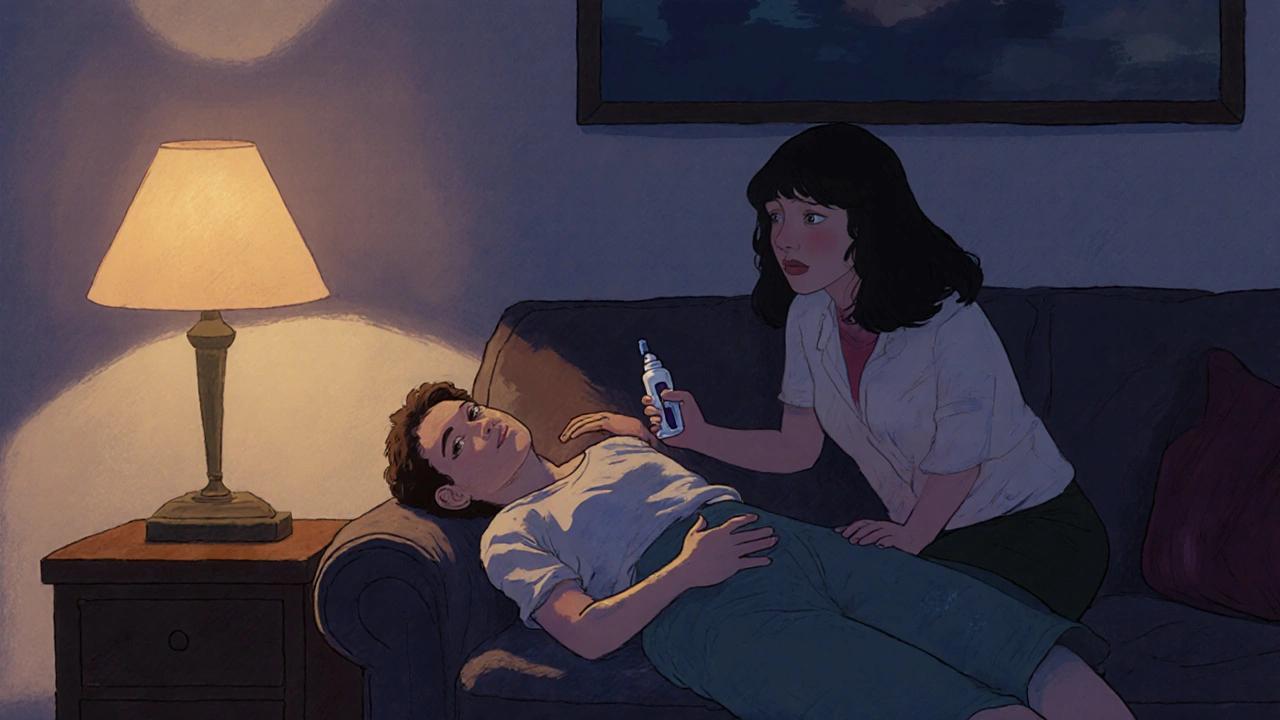Opioid Emergency Response: What You Need to Know Now
When someone overdoses on opioids, time isn’t just important—it’s everything. An opioid emergency response, a set of immediate actions taken to reverse a life-threatening opioid overdose. Also known as overdose intervention, it’s not just for first responders—it’s for anyone who might be near someone using prescription painkillers, heroin, or fentanyl. This isn’t theoretical. In 2022, over 70,000 people in the U.S. died from opioid overdoses. Most of those deaths happened before help arrived. But with the right knowledge, you can change that outcome.
The core of any opioid emergency response is naloxone, a medication that rapidly reverses opioid effects by blocking receptors in the brain. Also called Narcan, it’s safe, easy to use, and works within minutes. You don’t need to be a doctor. It comes in nasal sprays or injectable forms. If someone is unresponsive, not breathing, or has blue lips, give naloxone right away—even if you’re not sure it’s opioids. It won’t harm someone who didn’t take them. But naloxone isn’t a cure. It wears off in 30 to 90 minutes, and opioids can stay in the system much longer. That’s why calling 911 is non-negotiable. Even if the person wakes up, they need medical care. Many overdoses return once naloxone fades.
Knowing the signs of an overdose makes all the difference. Slowed or stopped breathing, pinpoint pupils, limp body, gurgling sounds—these aren’t just symptoms. They’re red flags. And the people most at risk aren’t always who you expect. It’s someone on long-term pain meds, someone who relapsed after months clean, someone mixing opioids with alcohol or benzodiazepines. The opioid crisis doesn’t discriminate by age, income, or background. It hits families, workplaces, neighborhoods. That’s why every household, every friend group, every community should have access to naloxone. Many pharmacies sell it without a prescription. Some states even give it out for free.
Training matters too. You don’t need a certificate to act, but knowing how to perform rescue breathing or position someone safely can keep them alive until EMS arrives. Simple steps—checking responsiveness, calling for help, giving naloxone, starting CPR if needed—can turn a tragedy into a second chance. And it’s not just about saving one life. It’s about breaking the silence. Too many people hide their use out of fear. When we normalize having naloxone on hand, we make it easier for people to ask for help before it’s too late.
This collection of articles doesn’t just talk about the crisis. It shows you what’s working on the ground. From how to store naloxone properly, to understanding why fentanyl is so dangerous, to real stories of people who survived overdoses because someone acted fast—you’ll find practical, no-fluff advice here. You won’t find fearmongering. Just facts, tools, and clear steps you can use today.
Learn how to recognize opioid overdose signs, respond in an emergency, and use naloxone to save a life. Critical steps for bystanders, families, and communities facing the fentanyl crisis.

